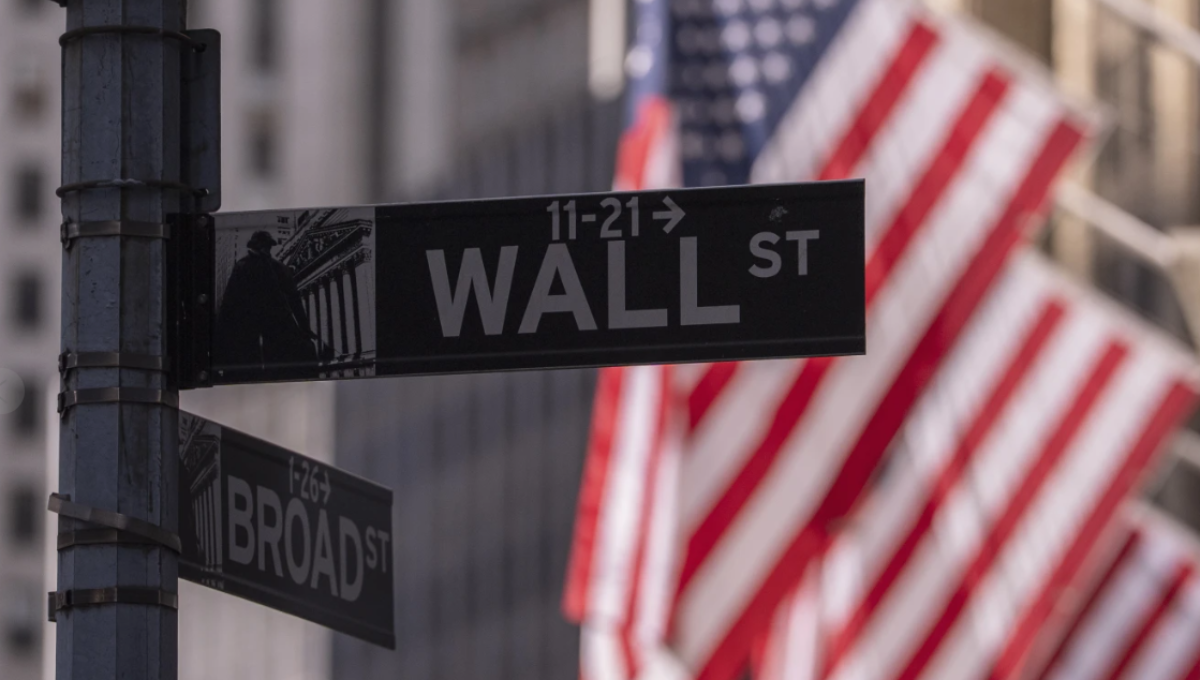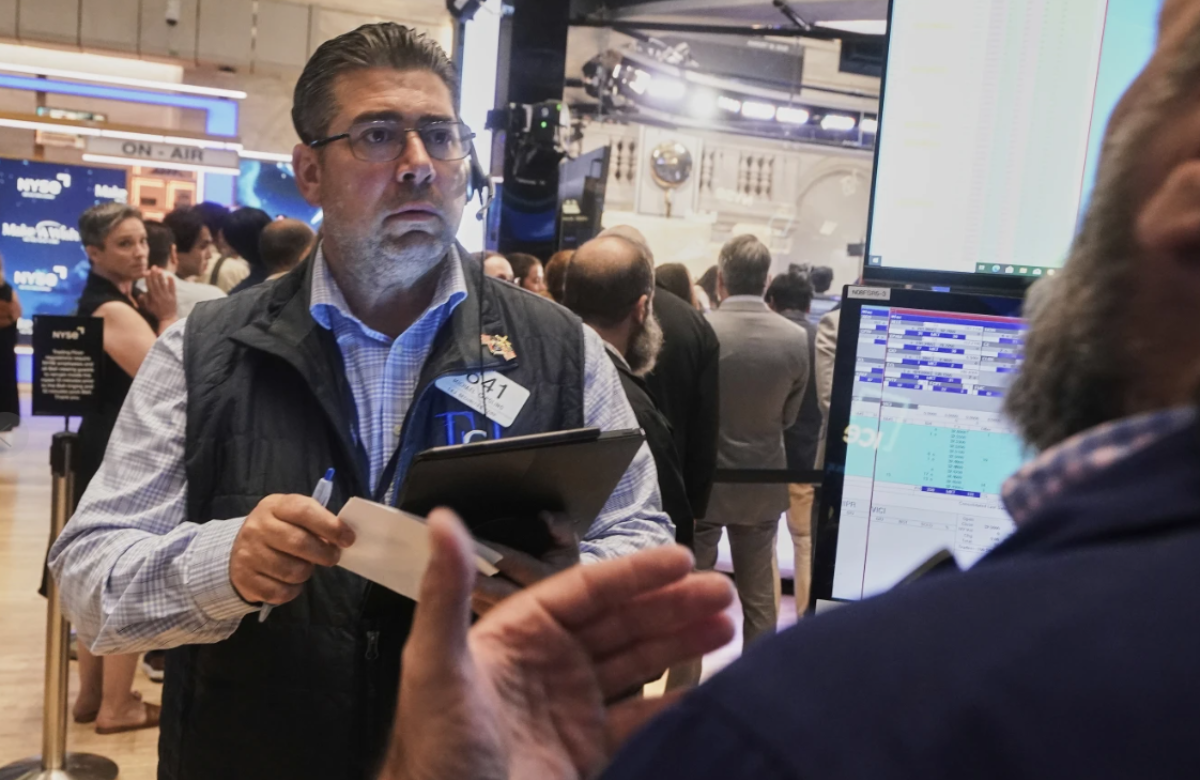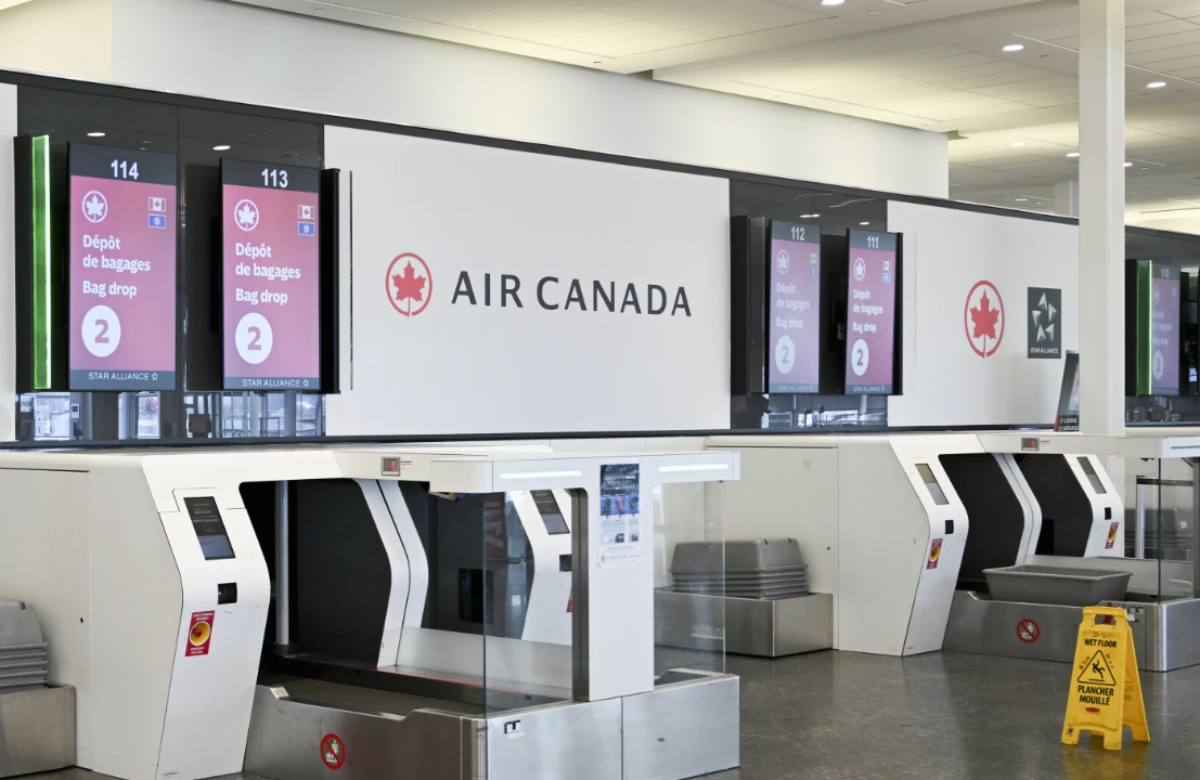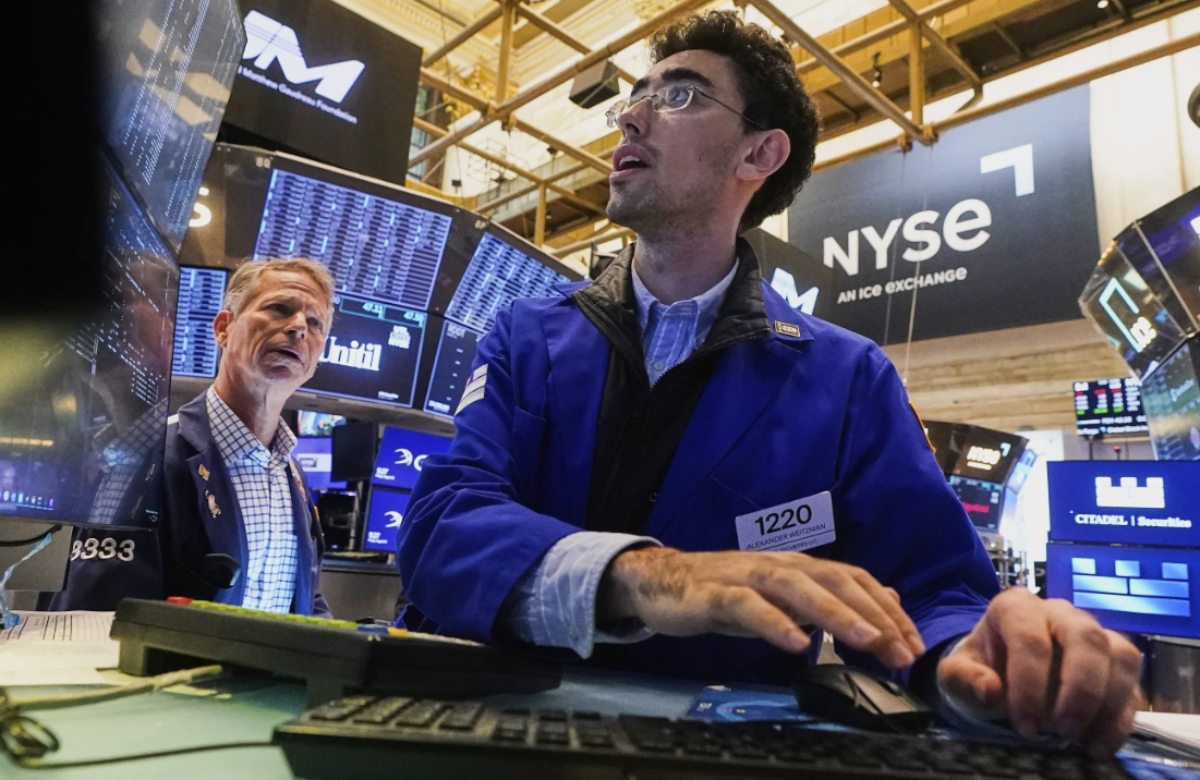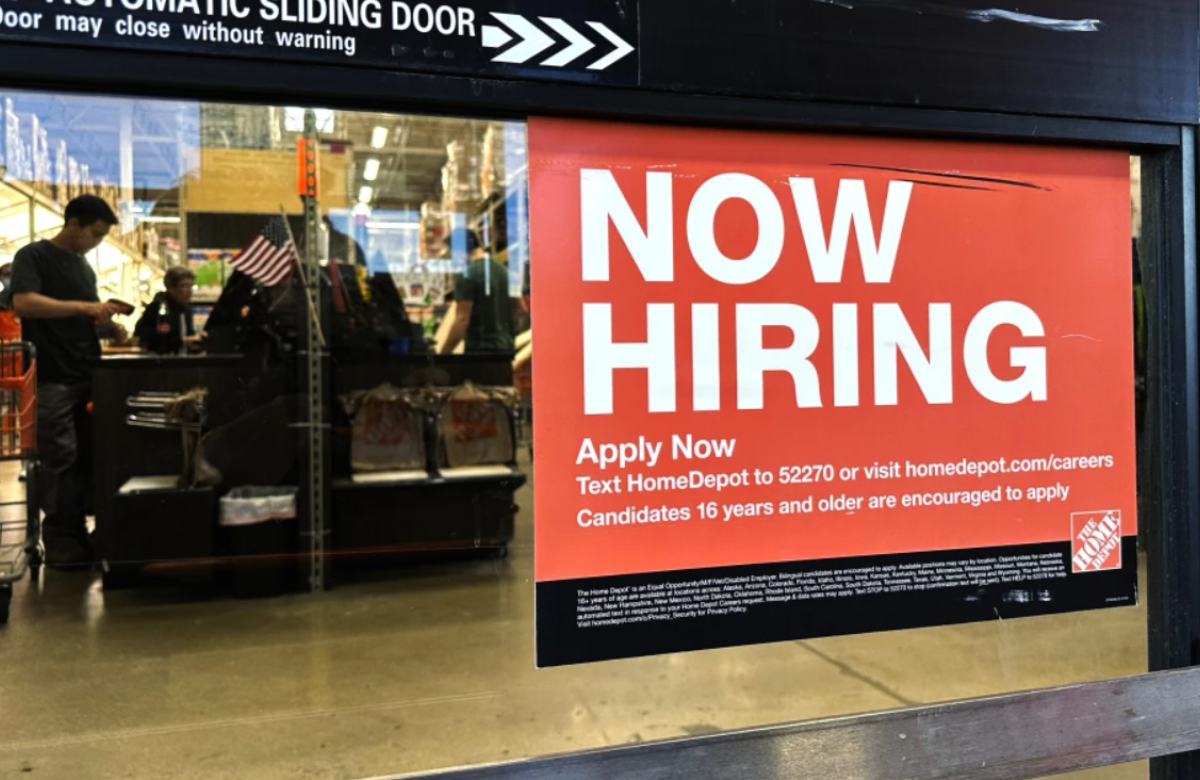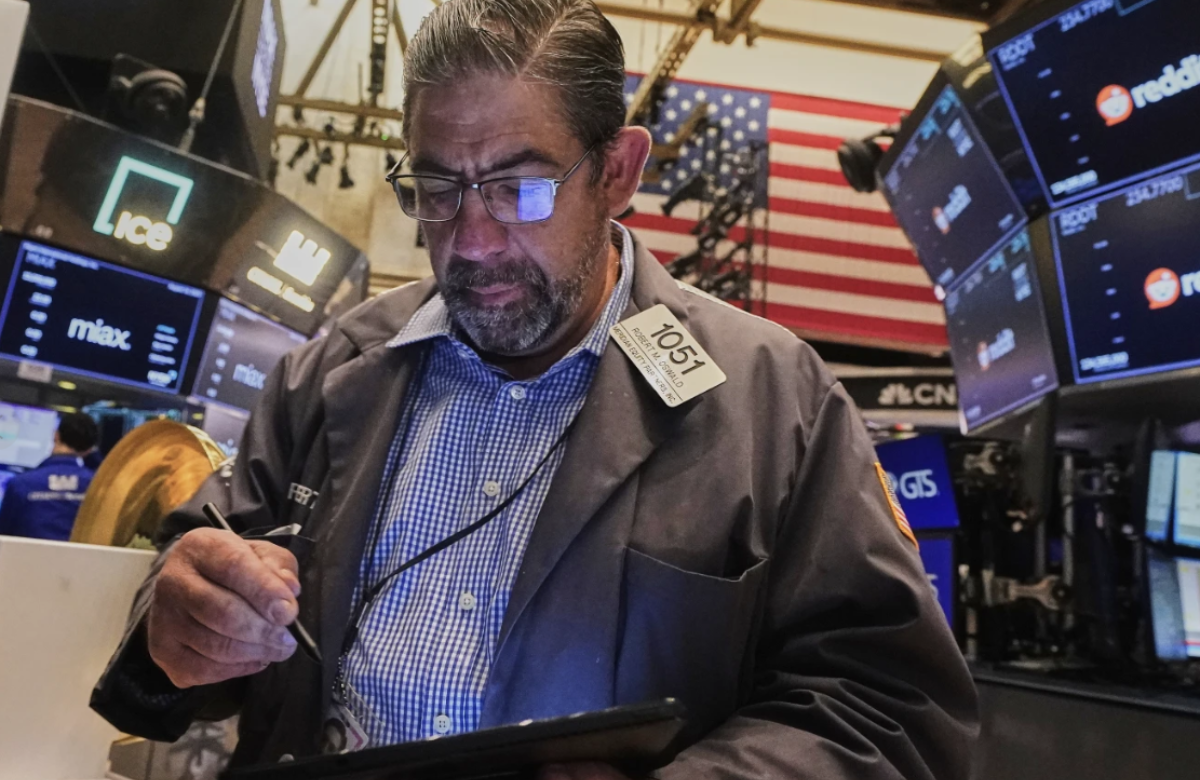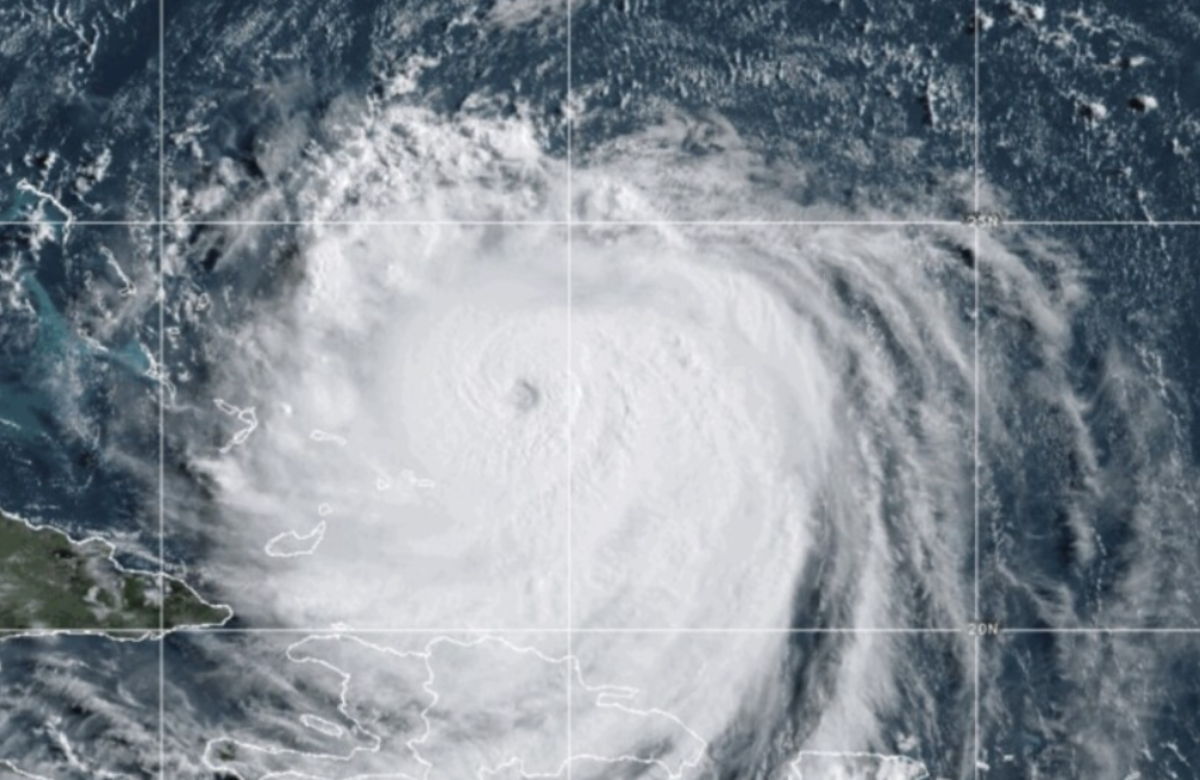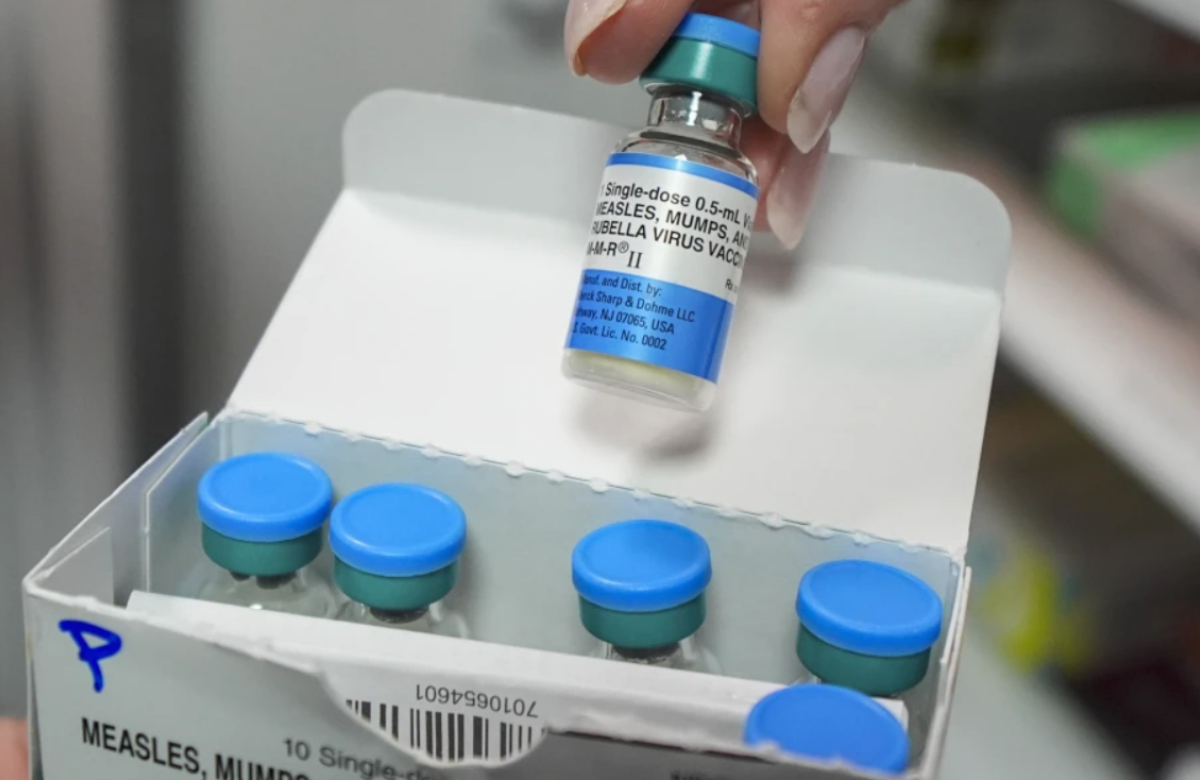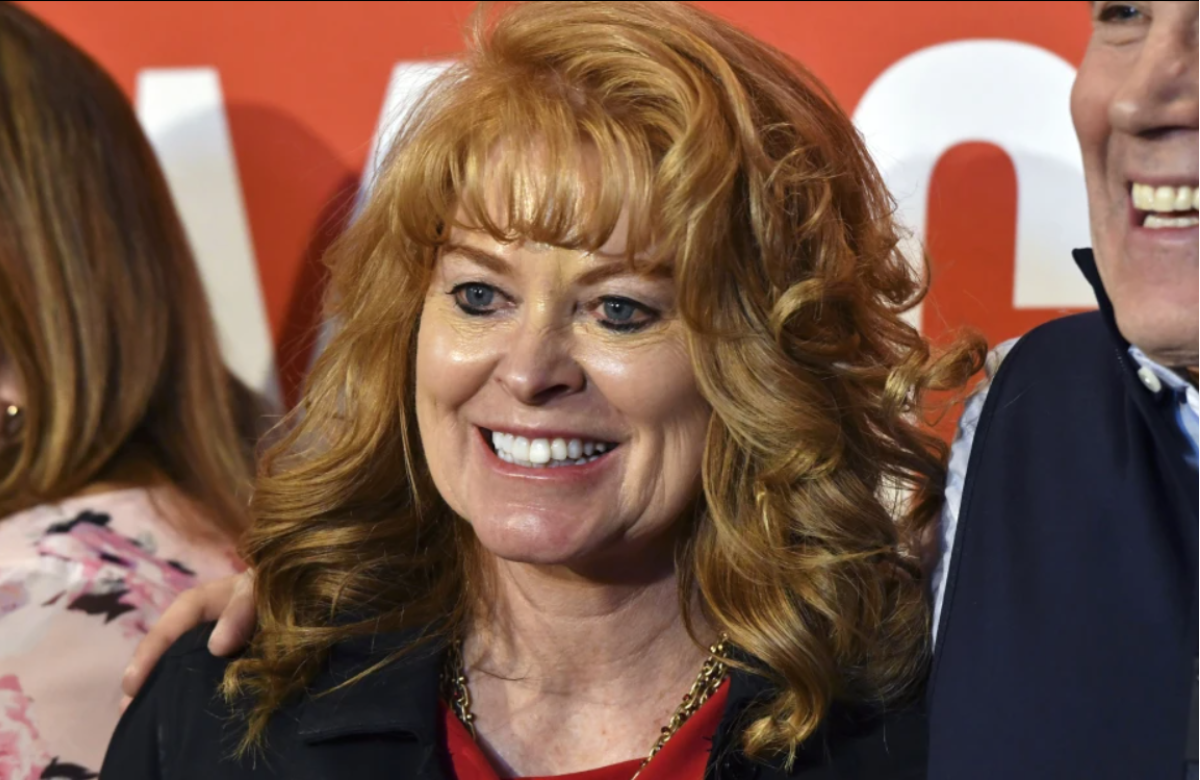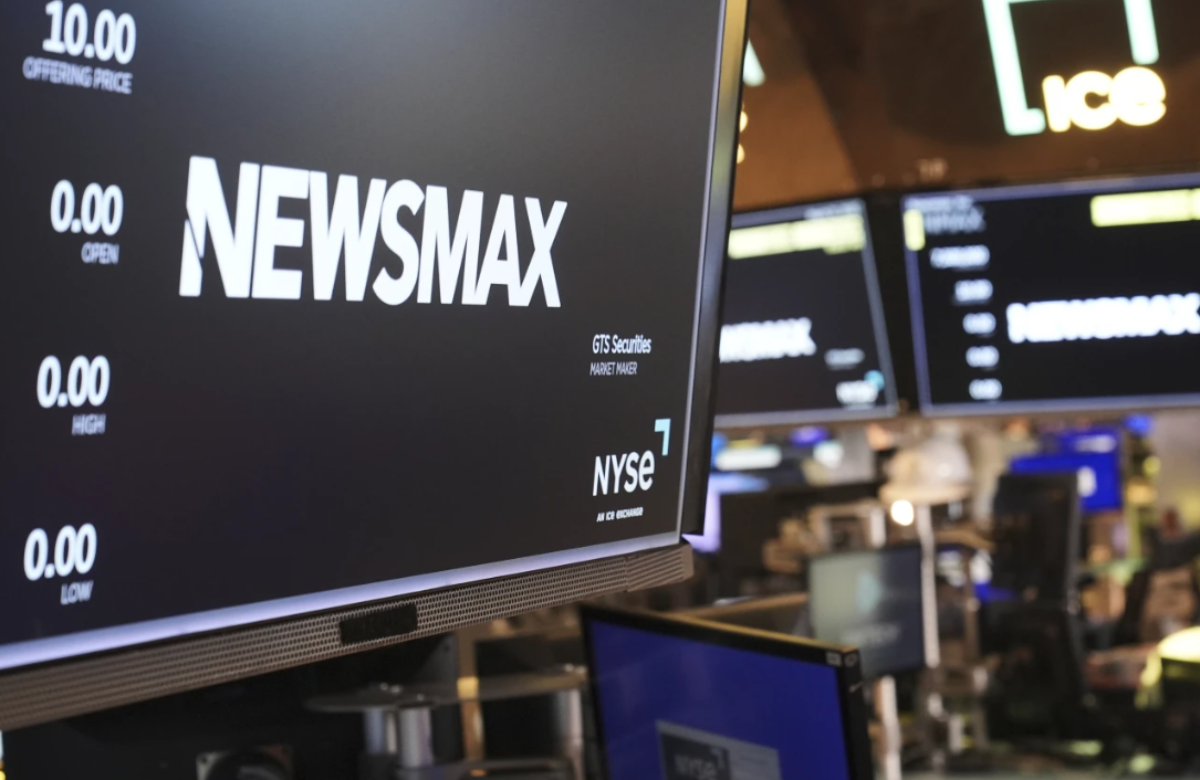U.S. stocks traded with little direction on Tuesday, showing signs of slowing momentum after notching record highs on both of the previous two days.
The S&P 500 inched up by 0.1% during afternoon trading. The Dow Jones Industrial Average gained 452 points, or 1%, while the Nasdaq composite slipped 0.5%.
One of the biggest drags on the market was Tesla, which dropped 5.6%. Tensions between CEO Elon Musk and former President Donald Trump appear to be intensifying. Trump recently hinted at cutting government spending on Musk’s companies, including subsidies and contracts, saying there could be “BIG MONEY TO BE SAVED.” Tesla has already fallen over 21% this year, partly due to their escalating feud.
Tech stocks, especially those tied to the recent AI boom, also struggled. Nvidia fell 2.1%, becoming the heaviest weight on the S&P 500.
However, more companies in the index rose than fell. Casino operators saw strong gains after a report showed better-than-expected growth in gaming revenue in Macao, China’s gambling center. Wynn Resorts jumped 8.8%, and Las Vegas Sands rose 8.9%.
Automakers outside of Tesla performed well too—General Motors climbed 4.7%, while Ford advanced 3.9%.
Despite this recent rally from a nearly 20% springtime sell-off, there are significant risks ahead for Wall Street. A major concern is the potential impact of Trump’s tariffs, many of which are currently paused but set to take effect soon. If implemented, they could damage the economy and worsen inflation.
There’s also uncertainty in Congress over tax cuts and fiscal measures that could raise the national debt further, potentially driving inflation higher. That could pressure the Federal Reserve to keep interest rates elevated, which would hurt investments like stocks and bonds.
Analysts at Barclays warn that signs of investor euphoria are beginning to surface. One of their measures of “excess optimism” is approaching levels last seen during the meme stock mania and the dot-com bubble. Other red flags include rising interest in blank-check companies, which often thrive during speculative periods. Still, as the Barclays team notes, bubbles are hard to predict and can last longer than expected before popping.
In the bond market, Treasury yields moved higher after mixed U.S. economic data. Job openings rose more than forecast in May, signaling potential strength in the labor market. Manufacturing reports were mixed—one survey indicated contraction, though at a slower pace, while another suggested a return to growth after three months of decline.
The yield on the 10-year Treasury edged up to 4.25% from 4.24%, while the 2-year yield, more closely tied to Fed policy expectations, rose to 3.78% from 3.72%.
Federal Reserve Chair Jerome Powell reiterated that he needs more data on the impact of upcoming tariffs before considering further interest rate cuts. Meanwhile, Trump continues to pressure the Fed for quicker action to support the economy.
Overseas, markets were also mixed. Japan’s Nikkei 225 dropped 1.2%, while South Korea’s Kospi rose 0.6%.
Also Read:
Wall Street Advances Toward New Record Highs as Stocks Rise
“Wall Street Pauses Near Record Highs After Two Strong Sessions”
